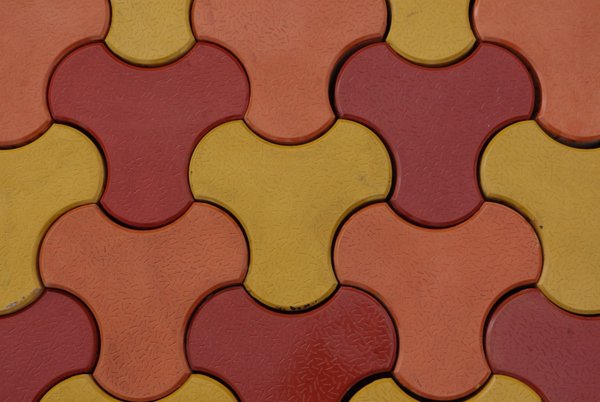If you’re planning to buy cement concrete pipes for drainage, understanding the selection factors can help ensure a long-lasting and effective solution.
1. Understand Your Drainage Needs
The first step in choosing the right cement concrete pipes is assessing your drainage requirements. Consider:
-
Flow capacity: The expected water volume the pipe needs to handle.
-
Location: Whether the drainage is for residential, commercial, or municipal use.
-
Soil conditions: Aggressive soil may require additional protective measures.
2. Pipe Class and Load Capacity
Cement concrete pipes come in different classes, each designed for specific load-bearing capacities:
-
NP2 Class: Suitable for low-load conditions such as small residential projects.
-
NP3 Class: Ideal for medium-load applications like urban stormwater drainage.
-
NP4 Class: Designed for heavy-load, high-traffic areas such as highways.
When you buy cement concrete pipes for drainage, match the class to your expected traffic load to prevent premature wear.
3. Quality Standards and Certifications
Always ensure the pipes meet BIS (Bureau of Indian Standards) specifications or other relevant national standards. Certified pipes guarantee:
-
Proper curing
-
Adequate strength
-
Uniform dimensions
High-quality pipes may cost more, but they save money in the long run by reducing maintenance needs.
4. Installation Considerations
Even the best pipes can fail if installed improperly. Consider:
-
Proper bedding and alignment to prevent cracking.
-
Adequate joint sealing to stop leakage and soil infiltration.
-
Skilled labor familiar with handling heavy cement concrete pipes.
Choosing experienced contractors is just as important as deciding to buy cement concrete pipes for drainage.
5. Cost vs. Longevity
While cheaper pipes may seem like a good deal, they often compromise on strength or durability. Investing in high-quality cement concrete pipes ensures:
-
Resistance to environmental wear
-
Longer service life (50+ years in many cases)
-
Lower long-term maintenance costs
Balancing initial investment with lifespan is crucial for an effective drainage solution.
Challenges in Choosing Cement Concrete Pipes
-
Weight and Transportation: Cement concrete pipes are heavy, requiring proper handling equipment.
-
Upfront Cost: High-quality pipes have a higher initial price.
-
Space Constraints: In tight spaces, installation can be challenging.
Addressing these challenges early can help in smooth project execution.
Environmental Impact
Choosing durable cement concrete pipes reduces the need for frequent replacements, minimizing waste. Additionally, concrete is a sustainable material that can be recycled, making it a responsible choice for long-term infrastructure.
Conclusion
When you buy cement concrete pipes for drainage, focus on matching the pipe specifications to your project requirements, ensuring quality compliance, and balancing cost with durability. By considering load capacity, installation expertise, and environmental impact, you can achieve a drainage system that lasts for decades with minimal maintenance.
FAQs
1. Why should I choose cement concrete pipes for drainage?
Cement concrete pipes are durable, strong, and resistant to environmental damage, making them ideal for long-term drainage solutions.
2. How do I decide the right pipe class?
Pipe class depends on load conditions—NP2 for light loads, NP3 for medium loads, and NP4 for heavy traffic areas.
3. Are cement concrete pipes environmentally friendly?
Yes. They are made from natural materials, last for decades, and can be recycled after use.
4. What factors affect the lifespan of drainage pipes?
Quality, correct installation, and proper maintenance are key factors influencing lifespan.
5. Where can I buy cement concrete pipes for drainage?
You can source them from certified manufacturers or suppliers who comply with BIS or equivalent quality standards.







